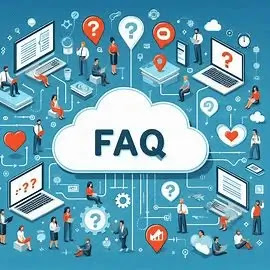Cloud Computing: Revolutionize Your Business with Efficiency and Flexibility
Are you tired of dealing with the limitations of traditional IT infrastructure? Say goodbye to hardware hassles and embrace the power of cloud computing. With cloud computing, you can take your business to new heights with scalability, efficiency, and flexibility.
- Scalability: Adjust your resources as your needs change.
- Efficiency: Focus on your business, not system maintenance.
- Flexibility: Access your data and apps from anywhere, any time.
- Security: Benefit from robust cloud data protection.
- Cost Savings: Pay only for what you use.
Cloud computing simplifies IT and boosts growth. Let's harness its power.






